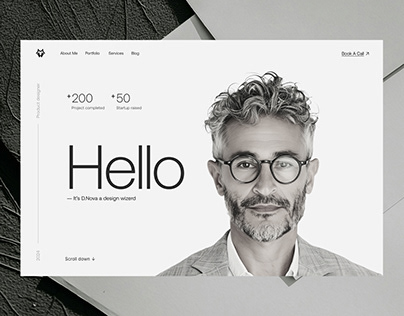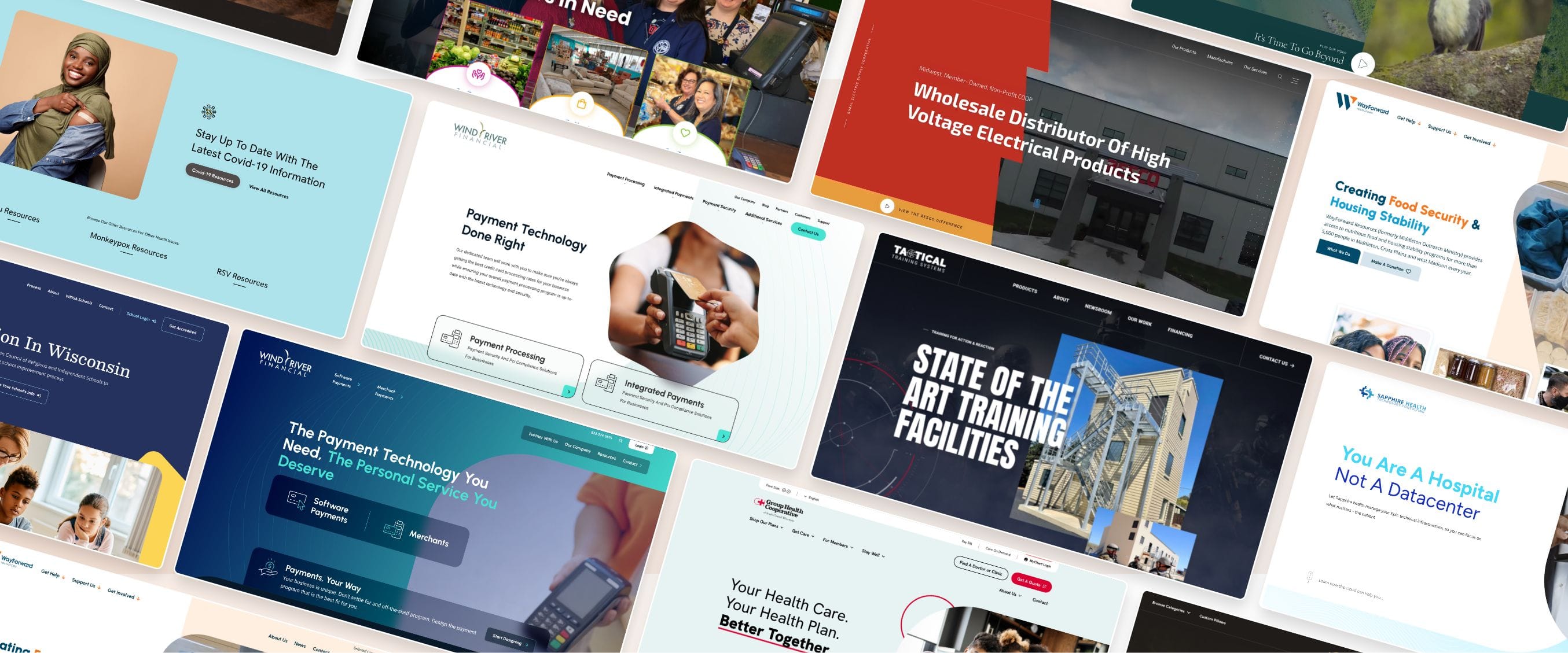Responsive Website Design for Seamless Viewing on Any Device
Responsive Website Design for Seamless Viewing on Any Device
Blog Article
Leading Tips for Creating an Impactful Site Style That Transforms
In today's electronic landscape, the importance of an impactful site style can not be overstated, particularly when it involves transforming visitors into customers. To attain this, one need to take into consideration a range of variables, consisting of recognizing the target audience, focusing on individual experience, and maximizing for mobile systems. Additionally, the critical use of engaging call-to-actions and a distinct aesthetic hierarchy plays a vital function in directing users via their journey. As we discover these essential components, it comes to be obvious that the success of your website hinges on even more than simply aesthetics; it requires a thoughtful method to layout and functionality.

Understand Your Target Target Market
Understanding your target market is basic to efficient website layout, as it lays the groundwork for producing an interesting individual experience. Recognizing who your customers are, including their demographics, choices, and habits, enables designers to customize the internet site's web content, layout, and functionality to meet specific demands.
Conducting thorough marketing research is critical in this process. Studies, meetings, and analytics can provide useful insights into individual expectations and discomfort factors. By compiling this data, developers can create customer characters that represent different segments of the audience, making sure that style choices are informed and relevant.
In addition, understanding the target audience helps in picking ideal design elements such as color design, typography, and images that reverberate with customers. An internet site that talks straight to its target market cultivates a sense of connection and trust, motivating longer check outs and greater conversion rates.
Eventually, a user-centered method to website style not only improves individual contentment yet also supports company purposes by driving engagement and commitment. By prioritizing the needs and choices of the target market, a web site can effectively offer its objective and achieve desired results.
Prioritize Individual Experience
To boost the overall effectiveness of an internet site, prioritizing user experience (UX) is necessary (Website Design). A properly designed UX guarantees that site visitors can browse the website effortlessly, discover info swiftly, and involve with content meaningfully. This leads to enhanced individual fulfillment and higher conversion rates
Begin by applying intuitive navigation. Menus should be practically structured, enabling individuals to situate essential areas of the site with very little effort. Uniformity in style aspects, such as color pattern and font styles, fosters familiarity, which is vital for preserving individual engagement.
Furthermore, think about the loading speed of your site. A delay of just a couple of seconds can lead to significant drop-offs, as individuals are less likely to await a slow-loading page. Simplifying photos and optimizing code can boost efficiency and maintain site visitors.
By prioritizing individual experience, you not only create an extra pleasurable atmosphere for site visitors however additionally strengthen your brand's credibility. Ultimately, an emphasis on UX is a financial investment in the lasting success of your website.
Enhance for Mobile Gadgets
Enhancing for mobile phones is crucial in today's digital landscape, where an increasing number of customers accessibility websites with smartphones and tablets. A mobile-friendly style not only boosts user experience but additionally plays a substantial function in boosting search engine rankings. To accomplish this, it is important to embrace a receptive design that immediately adapts to numerous screen sizes and positionings.

Filling speed is an additional critical element; mobile customers are normally less individual and expect rapid access to details. Maximize images and take advantage of browser caching to boost efficiency. Test your web site on numerous devices and display resolutions to recognize and correct any type of possible use concerns. By prioritizing mobile optimization, you ensure that your web site stays affordable and successfully engages a wider audience.
Use Engaging Call-to-Actions
A site's efficiency often pivots on its ability to guide visitors towards preferred activities, making engaging call-to-actions (CTAs) necessary parts of layout. CTAs work as the crucial factors that guide users to involve with the site, whether that indicates purchasing, enrolling in a newsletter, or downloading and install a resource.
To produce reliable CTAs, clarity is extremely important. Usage succinct language that clearly communicates the activity you desire the user to take. Expressions such as "Get going," "Register Free," or "Store Now" not only share urgency yet additionally eliminate uncertainty. The positioning of CTAs is just anonymous as essential; they should be tactically positioned throughout the web page to ensure they are quickly visible, especially in high-traffic areas.
Furthermore, think about utilizing directional cues, such as arrowheads or photos, to guide individuals towards these buttons. By focusing on these elements, organizations can dramatically enhance user interaction, driving conversions and eventually achieving their web site's objectives.
Concentrate On Visual Hierarchy
Effective site layout depends greatly on a well-structured visual power structure that overviews individuals via material effortlessly. By organizing components in a fashion that prioritizes details, developers can enhance user experience and promote decision-making. This entails using size, shade, comparison, and spacing tactically to attract focus to web one of the most vital parts of a webpage.
Making use of larger fonts for headings and subheadings develops a clear difference in between different sections, enabling users to check material effortlessly. In addition, utilizing different colors for switches and calls-to-action can record individual interest and encourage interaction. Whitespace is an additional vital part; it stops mess and allows users to concentrate on vital messages without disturbances.
Photos and graphics ought to match the text while likewise sticking to the well established pecking order, enhancing the overall message (Website Design). Uniformity in style elements, such as color pattern and typography, further strengthens the visual hierarchy, making navigation instinctive

Final Thought
Finally, effective site design necessitates a comprehensive understanding of the target market, prioritization of customer experience, and mobile optimization. The calculated use of compelling call-to-actions and a distinct aesthetic hierarchy better improves user involvement. By carrying out these principles, web sites can attain higher conversion rates, making sure that design components not only attract visitors yet also facilitate seamless navigation and communication. Ultimately, a well-executed website design works as an important element in driving individual activities and accomplishing business goals.
Report this page